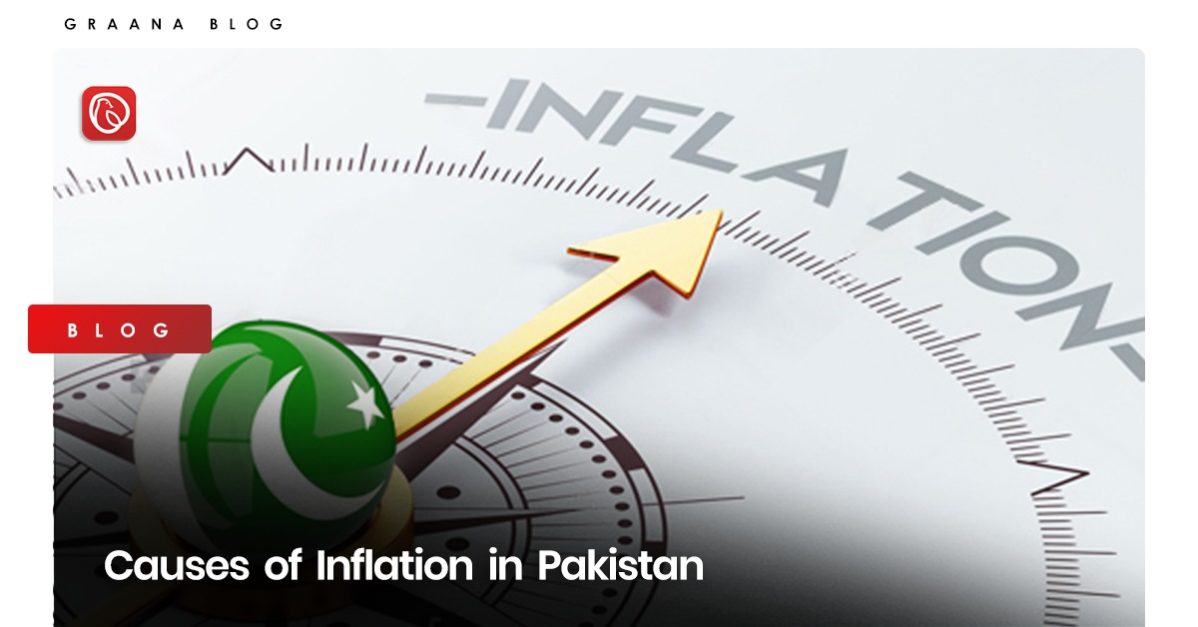Pakistan's battle with inflation appears to be taking a positive turn, with consumer prices rising at a slower pace than anticipated. This comes despite the central bank maintaining interest rates at a record high for nearly a year.
According to recent data, inflation dipped for the fifth consecutive month. This decline is attributed to a combination of factors. Improved domestic food supplies, particularly wheat flour, have helped stabilize prices. Additionally, a decrease in global fuel costs has trickled down to domestic markets, easing pressure on transportation and energy expenses.
This news offers a glimmer of hope for Pakistan's economy, which has been grappling with high inflation for much of the past year. The rising cost of living has placed a significant burden on households, putting a strain on budgets and eroding purchasing power.
The central bank's decision to hold interest rates steady at a record high was a calculated move aimed at curbing inflation. Higher interest rates typically discourage borrowing and investment, leading to a slowdown in economic activity. This, in theory, can help cool inflation by reducing demand for goods and services.
However, maintaining high interest rates can also have drawbacks. It can stifle economic growth by making it more expensive for businesses to borrow and invest. Additionally, high interest rates can discourage consumer spending, further dampening economic activity.
The Pakistani government is walking a tightrope, balancing the need to combat inflation with the desire to maintain economic momentum. The recent slowdown in inflation suggests that the government's strategy might be starting to yield results.
Looking ahead, the key question remains:can Pakistan sustain this downward trend?Much will depend on external factors, such as global energy prices. Additionally, the government's continued commitment to fiscal discipline and its ability to improve domestic food production will be crucial in keeping inflation in check.
The central bank will also be closely monitoring the situation. If the decline in inflation proves to be temporary, the bank may have to consider raising interest rates again. However, if the downward trend continues, the bank may have some room to maneuver, potentially allowing for a gradual decrease in interest rates to stimulate economic activity.
While there are still challenges ahead, the recent slowdown in inflation provides a much-needed respite for Pakistan's economy. It remains to be seen whether this marks a turning point or a temporary reprieve. Only time will tell if Pakistan can successfully navigate these economic headwinds and chart a course towards sustainable growth and price stability.

